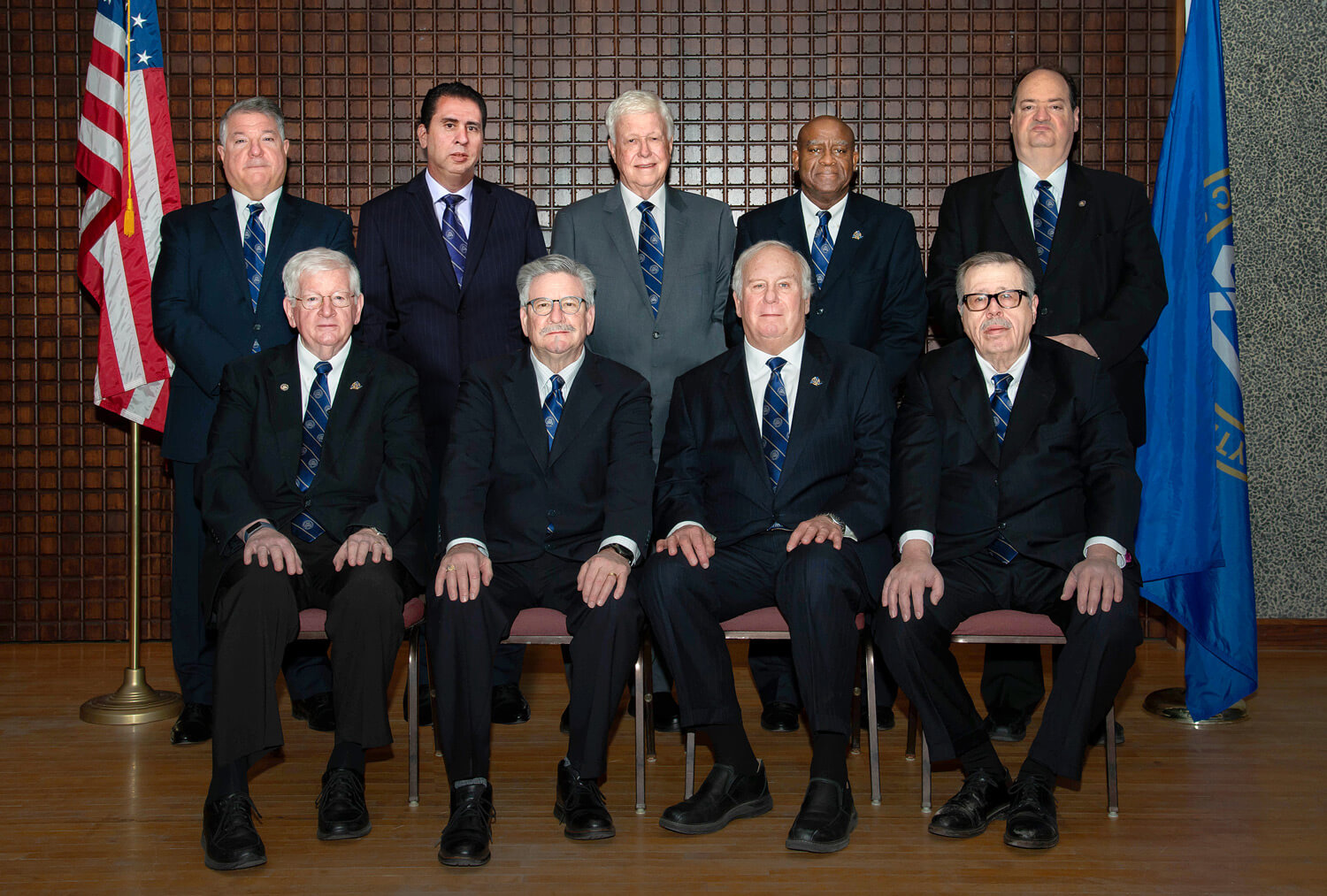Insider Tips on How to Successfully Join Freemason in Your Community
Insider Tips on How to Successfully Join Freemason in Your Community
Blog Article
Exploring the Mysteries of the Freemason: What You Required to Know
The Freemason, a term frequently shrouded in intrigue and controversy, stands for an intricate tapestry of historic fact and modern myth. Established in the late 18th century, this secret culture was initially rooted in the Knowledge's suitables yet has actually since become identified with conspiracy theory concepts regarding elite control. As we navigate the origins, key figures, and the stark comparison in between myth and fact, one must consider just how these narratives influence modern assumptions of power and privacy. What may be disclosed through a closer examination of these elements could test long-held presumptions concerning the darkness that remain in our society.
Origins of the Freemason
The origins of the Freemason are steeped in a blend of historic intrigue and ideological fervor. Developed in 1776 in Ingolstadt, Bavaria, by Adam Weishaupt, the team was originally created as a secret culture aimed at promoting Enlightenment suitables such as reason, secularism, and the splitting up of church and state. Weishaupt, a teacher of canon regulation, sought to test the dominating authority of the church and state, which he considered as oppressive institutions stifling intellectual and individual liberty.
The Freemason looked for to hire prominent members from various social markets, consisting of politics, academia, and the arts, to cultivate a network devoted to these Knowledge concepts. The society operated under a veil of privacy, employing coded language and rituals to shield its members from mistreatment, especially offered the repressive environment of the moment. However, the Freemason dealt with significant resistance from both governmental authorities and spiritual establishments, which checked out the team as a threat to their power.
Key Figures and Participants
Who were the pivotal figures that formed the Freemason's very early impact and direction? The Bavarian Freemason, established in 1776 by Adam Weishaupt, arised as a response to the overbearing societal structures of the time. how to become a freemason. Weishaupt, a law teacher, imagined the company as a way to promote Knowledge suitables such as factor, secularism, and equality. His first recruitment initiatives consisted of significant pundits, such as Baron von Knigge, that played a crucial function in expanding the group's membership and business framework.
An additional substantial figure was Johann Gottlieb Fichte, a noticeable theorist whose concepts on nationalism and education resonated with the Freemason's objectives. Fichte was not a formal member, his philosophical foundations influenced the group's ideology. Additionally, numbers like the writer and philosopher Johann Wolfgang von Goethe were connected with the wider intellectual movements of the moment, although their direct involvement with the Freemason stays disputed.
These essential figures contributed to the Freemason's early instructions, pressing the borders of political and social idea, while their cumulative initiatives intended to challenge recognized standards and cultivate an environment of modern adjustment in Europe.
Misconceptions vs. Truth
Lots of mistaken beliefs surround the Freemason, often mixing reality with fiction in a method that obscures its true nature. The notion that the Freemason proceeds to put in substantial impact over globe occasions is a myth - how to become a freemason.
Another widespread myth is that the Freemason consists of a network of elite individuals controling global events. In truth, several conspiracy theory concepts exaggerate the group's importance, connecting unfounded motives to societal fads and occasions. This has resulted in an oversimplified sight of complex concerns.

Modern Analyses
Contemporary interpretations of the Freemason often show more comprehensive societal stress Continue and anxieties and a fascination with secrecy and power. This modern-day lens often links the Freemason with conspiracy theory concepts that recommend a hidden elite manages globe occasions, manipulating federal governments and economic situations for their own gain. Such stories touch right into an ingrained wonder about of authority, specifically in times of dilemma or social upheaval.

In addition, some modern-day interpretations mount the Freemason find this as an allegory for the complexities of globalization and the interconnectedness of significant people and companies. This perspective encourages a crucial exam click now of exactly how power dynamics run in today's world, highlighting the balance in between transparency and privacy in governance and corporate techniques.
Cultural Effect and Heritage
Influenced by centuries of intrigue, the social effect and tradition of the Freemason prolong much past its historical origins. This secret society, established in the late 18th century, has permeated different facets of popular society, from literature and movie to music and art. The principle of the Freemason has evolved into a sign of conspiracy theories, often representing a perceived hidden power manipulating global occasions.
In literature, authors like Dan Brown have woven the Freemason into elaborate plots, exciting readers with motifs of secrecy and power. Films such as "National Treasure" and "The Da Vinci Code" additionally bolster the appeal of the society, blending truth with fiction to develop engaging narratives.
The Freemason's influence likewise prolongs into songs, with artists referencing the organization to stimulate motifs of rebellion and social review. This representation has added to an attraction with the idea of clandestine teams controlling the bars of power, showing social anxieties regarding authority and openness.
Inevitably, the Freemason's tradition is an intricate tapestry of misconception and truth, shaping perceptions of secrecy and control in contemporary discussion. Its long-lasting visibility in society underscores humankind's perennial mission for recognizing covert facts.
Final Thought
The expedition of the Freemason reveals a complicated interplay in between historic facts and modern-day myth-making. Founded in the Enlightenment age, this culture aimed to test oppressive frameworks, yet its tradition has actually been overshadowed by conspiracy theory concepts that suggest elite manipulation. Understanding the distinctions between the original perfects and modern interpretations is necessary for comprehending the enduring attraction with the Freemason and its considerable impact on social stories bordering power and privacy in society.
Report this page